���� ľ��

���� ľ�͡�Naoto Yano
�ڤ������κ����κμ衢ƫ�ڤ��������ޤǼ��Ȥμ�ǹԤ��������š�ī�����š������š������š�ʴ������ī�ʤɡ������Ť�ή��ˤ����Τ�����Τ��Ĥ���濴������롣�����Ť�ī���ξƤ�ʪ����ܤȤ��Ĥġ������ŤȤϲ����٤ȼ��伫����³��������ޤǤ����žƤξQ�ˤ�ª���ʤ�����ʻ�����õ�ᤷ³���롣
Naoto Yano handles the whole process on his own from the preparation including collecting the raw soil and sandstone for making glaze and pottery. He mainly produce tableware for daily use with the traditional Karatsu technique, such as Black Karatsu, Korean Karatsu, Mottled Karatsu, Brush Decorated Karatsu, Kohiki, and Joseon porcelain. Even though he take antique karatsu wares and ceramics form the Chosun Dynasty as a model, he never stop asking himself what��s the meaning of karatsu ware. He trying to escape the limits of tradition and looking for a new way to understand ceramic.
����ľ���ȼ����к�ӽ���������ƫ��������������药����办λ��ƫŪ������艺ή�������װʹ����š�ī鲜���š������š������š�ʴ������ī᪴�����Ū��种传统���ŵ�ˡ为�硤���������Ѷ���传统�����¸���ī鲜Ūƫ᪴�Ū����ή������������尝试������谓����᪴�ʵ�觅������Ū����视��给����᪴�Ū创��带�迷Ū��ǽ����
| 1976 | ���츩���Ż����ޤ졡Bron in Karatsu, Saga Prefecture |
| 1994 | ��ǯ�֤Υ���ꥫα�ء�Have studied in the United States for 5 years |
| 2002 | ���츩Ωͭ���Ҷ���ع�´�ȸ塢�����ֻդȤ��ƶ�̳��Guardated from the Arita College of Ceramics and worked as lecturer |
| 2004 | �����»��Ҥˤƺ�ƫ��Ϥ�� Set up his kiln to produce ceramic |
| 2008 | ���Τ˰ܽ� Moved to Kochi |
| 2008 | �ڹ� �����ˤ�6�����ƫ Have produced ceramic in Ulsan, Korean for 6 months |
| 1976 | ����в��贺县���Ż� |
| 1994 | 开�Ϻ�����进��为��5ǯŪα�� |
| 2002 | 毕业в��贺县Ωͭ��ƫ᪹�业��ء���α����为讲师Ǥ�� |
| 2004 | ��Ω����Ū窑�̡�̾为�»�窑 |
| 2008 | �������� |
| 2008 | ��韩��Ū������α6Ф����ƫ |
-
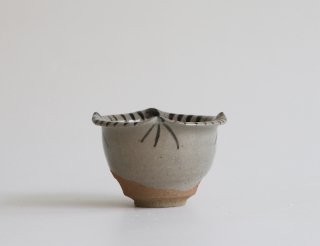 �����Ÿ���
�����Ÿ���
7,700��(�ǹ�)
-
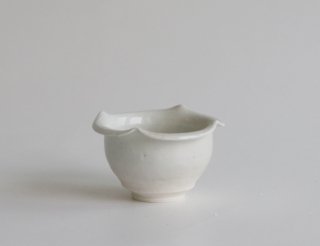 ��᪸���
��᪸���
6,600��(�ǹ�)
-
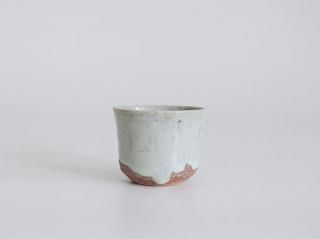 �����Ť�����
�����Ť�����
14,300��(�ǹ�)
-
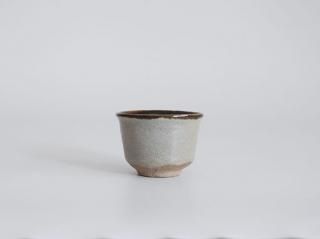 ��ߤ�����
��ߤ�����
13,200��(�ǹ�)
-
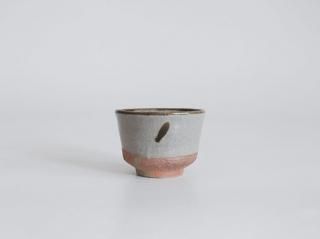 ��ߤ�����
��ߤ�����
13,200��(�ǹ�)
-
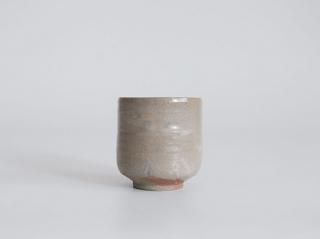 ���Ť�����
���Ť�����
13,200��(�ǹ�)
-
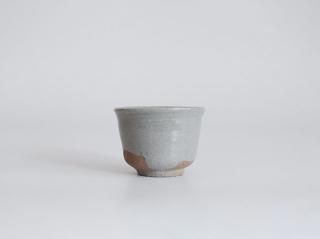 ���Ť�����
���Ť�����
13,200��(�ǹ�)
-
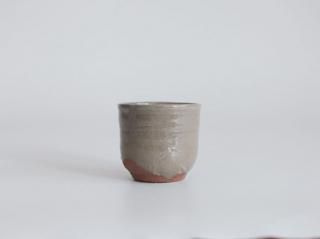 ���Ť�����
���Ť�����
13,200��(�ǹ�)
-
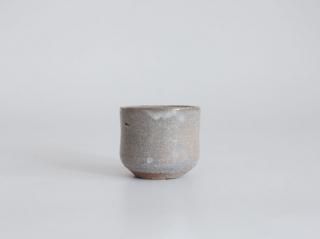 ���Ť�����
���Ť�����
13,200��(�ǹ�)
-
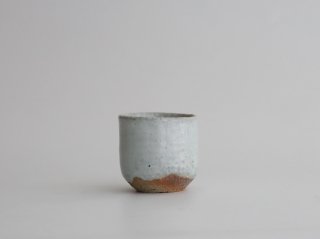 �����Ť�����
�����Ť�����
SOLD OUT
-
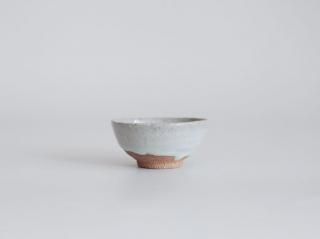 �����Ť�����
�����Ť�����
SOLD OUT
-
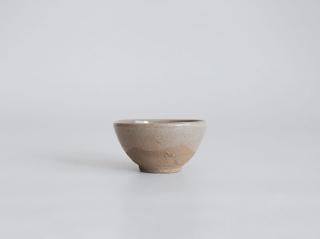 ���Ť�����
���Ť�����
SOLD OUT






